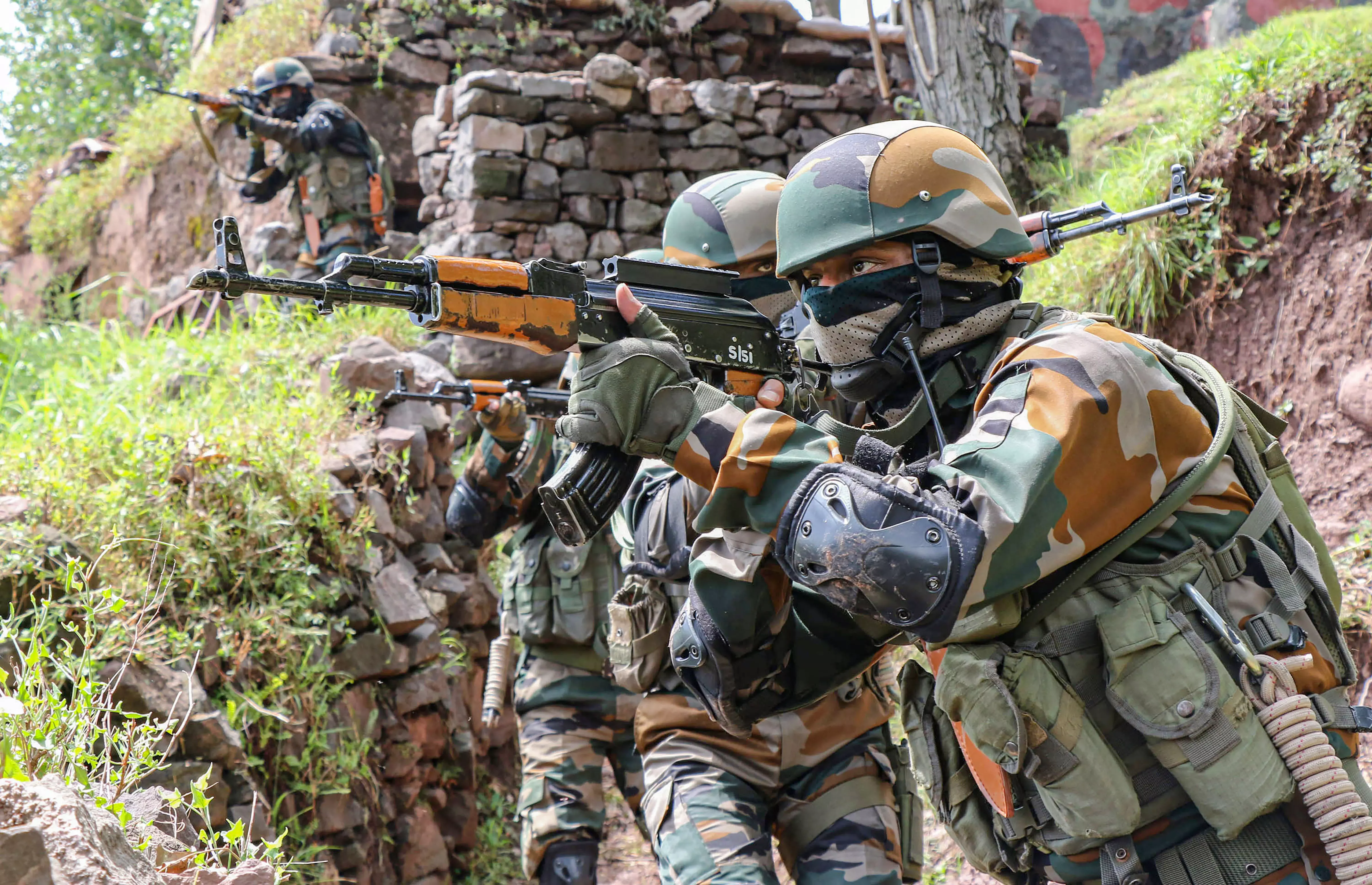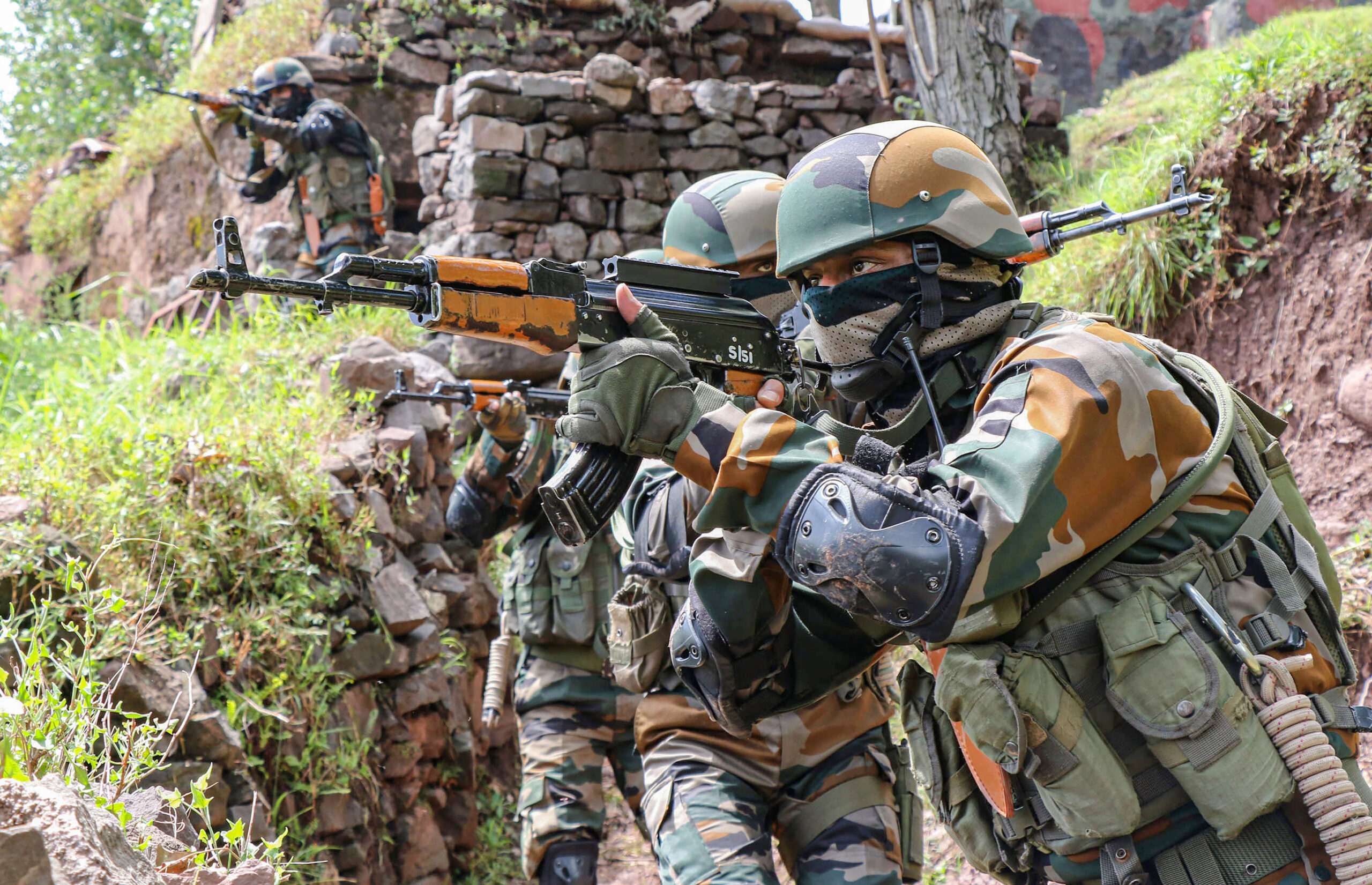
Gender issues in the Army must be seen as a constant work in progress without attaching sensitivity to them. I consciously avoided stepping in with any opinion when the environment recently exploded around the contents of the leaked demi- official (DO) letter of the GOC 17 Corps of the Indian Army addressed to his superior officer. In the last few days, advice, opinion, critique and more have all been extended by relatively less informed people and that too with unnecessary emotion and lack of sensitivity. Firstly, the general officer is entirely within his rights and responsibility to pen down his personal thoughts on the subject after the passage of a reasonable span of time after the adoption of the policy on command by women officers. When any major change is under execution, the Army, much like any other organisation, wants progressive feedback. It is a command responsibility of the general officer to obtain feedback, verbal or otherwise, align it with his own perception gathered during visits to units and formations so affected, and holistically advise his superior officers about the same. This is what he has done through this communication. Those of us who are aware of the system, and the way it works in the Army, are fully conscious of the fact that this won’t lead to an overnight decision to amend or change anything in the way things are progressing on the issue of women officers in command. There is a gestation period for everything. In fact, in most policies of the Military Secretary (MS) Branch, a date is also incorporated to indicate that a review would take place thereafter. So, nothing is going to happen in a hurry without a full run of the policy through one or two command tenures of the incumbent and subsequent women commanding officers (COs); that could run as long as five to six years, unless of course there are judicial interventions which is something which cannot be planned for.
Many people have felt perturbed about the leakage of the letter. That is a side issue, but nevertheless important because the Army cannot have policies with sensitive content being discussed in public. It unnecessarily puts the leadership under pressure and uninformed opinion places unwarranted pressure on the system as well. That lapse needs to be investigated and counter-measures adopted. It should not become a red herring.
Now, for the main issue of women Cos: I too have an opinion and it comes from years of field command and handling of officer career management policies at both the functional and directional levels. My experience tells me that there will be extensive differences of opinion based upon perception. I, for one, have had a very positive experience, but earlier generations like mine never looked upon women officers in command positions of units. We groomed the male officers and did their appraisal based upon their potential for command because the Indian Army prides itself in being called a “command oriented” force. You may be the finest and most meticulous staff officer, or the best technical brain, but if you do not have it in you to perform in command of troops, you can only remain second best. Command does not come very easily and is a heady responsibility. The public must know that almost 50 per cent or a higher number of the officers of a calendar batch do not make the grade for command of a unit, which is the first selection step to higher command responsibility. Those who do, on the other hand, have been through the throes of grooming for that responsibility. That does not imply that the selected women officers who are in command of non-combat units today are incapable; it’s just that they have not been through that funnel of being appraised for command. It’s not a problem at all because many of these officers have adapted themselves most appropriately and there will be a few who will take longer, just as the law of averages says so. What the GOC 17 Corps has done is to pen down his observations about the current status of eight such women COs from his formation. I am sure the Army Chief will get feedback from the other corps commanders too and none of that opinion may match the opinion of GOC 17 Corps.
My short advice to commanders in the chain would be based upon an experience of mine which I wish to share; this should reassure the public on how problems are handled when confronted in the Army. During the 1990s and early 2000s we had male COs with as much as 20-22 years’ service, all mature, wizened and experienced in dealing with troops and with daily situations which arise in units in the field. By the time I became a corps commander in Jammu and Kashmir, the Army had managed to reduce the service profile of these COs to 14-16 years. Much younger officers were in command with relatively less service and experience. It affected the functional environment with issues such as questionable maturity in handling troop discipline, responses on the Line of Control, and even in dealing with the public and the local administration. I too mulled over the situation, discussed with my staff and subordinate commanders and wrote out my thoughts much like how GOC 17 Corps has done in the present case. I wrote to all the superior officers of the COs in confidence advising them to sensitively counsel new COs in particular, and to monitor the relatively older ones. A DO letter went out to all the above every month highlighting the issues in different ways; the communications were termed “Corps Commander’s Notes” and were essentially guidelines for command of units. In only one case I had to remove a CO from command due to the possibility of his actions creating a disciplinary problem in a unit. I did not desist from even advising the formation commanders to micro-manage some situations if a negative condition was perceived.
To my mind, most senior commanders will have an opinion about women COs under their command over the last one year, negative or positive. They will put it down in communication to different levels and will also take necessary measures to ensure a much better performance over the next year and beyond. Two things must dictate the approach ahead. First, that there is no looking back on the policy decision, and second, whatever observations we may have, are for the optimisation of the mission capability of the Indian Army; nothing more.
